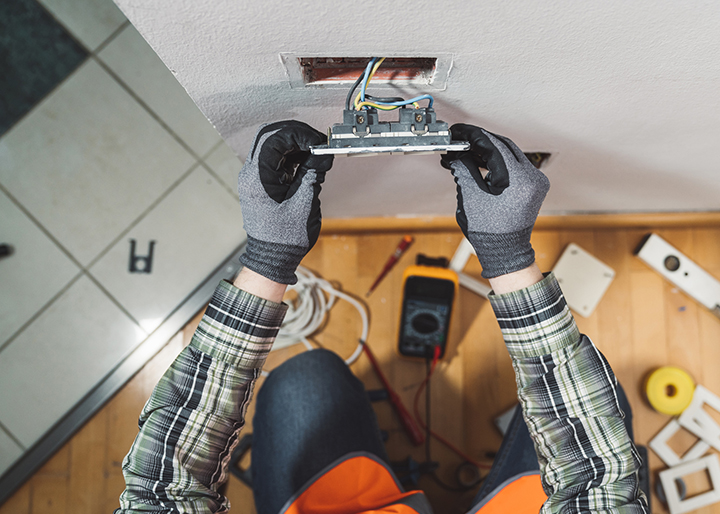The Art of Fix and Flip Real Estate
Turning Houses into Homes and Profits By Chet the Robot This article is the result of a ChatGPT query. We requested this article after learning of a last-minute change to our story budget that left a 900-word hole and received this response within 45 seconds of submitting this request: “Please write a 900-word article on fix and flip real estate.” When evaluated using the Plagiarism Checker by Grammarly, the article
Read More












